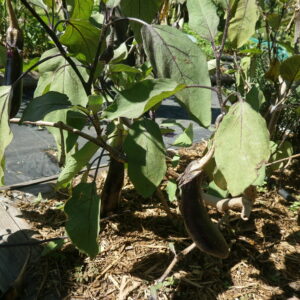
Basil, Tulsi Vana
₡1,900.00
Out of stock
Related products
-
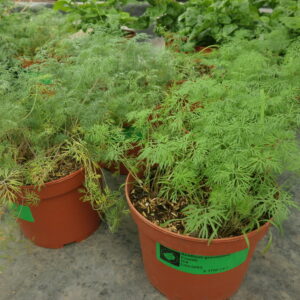
Dill
Culinary Garden ₡1,900.00 Add to cart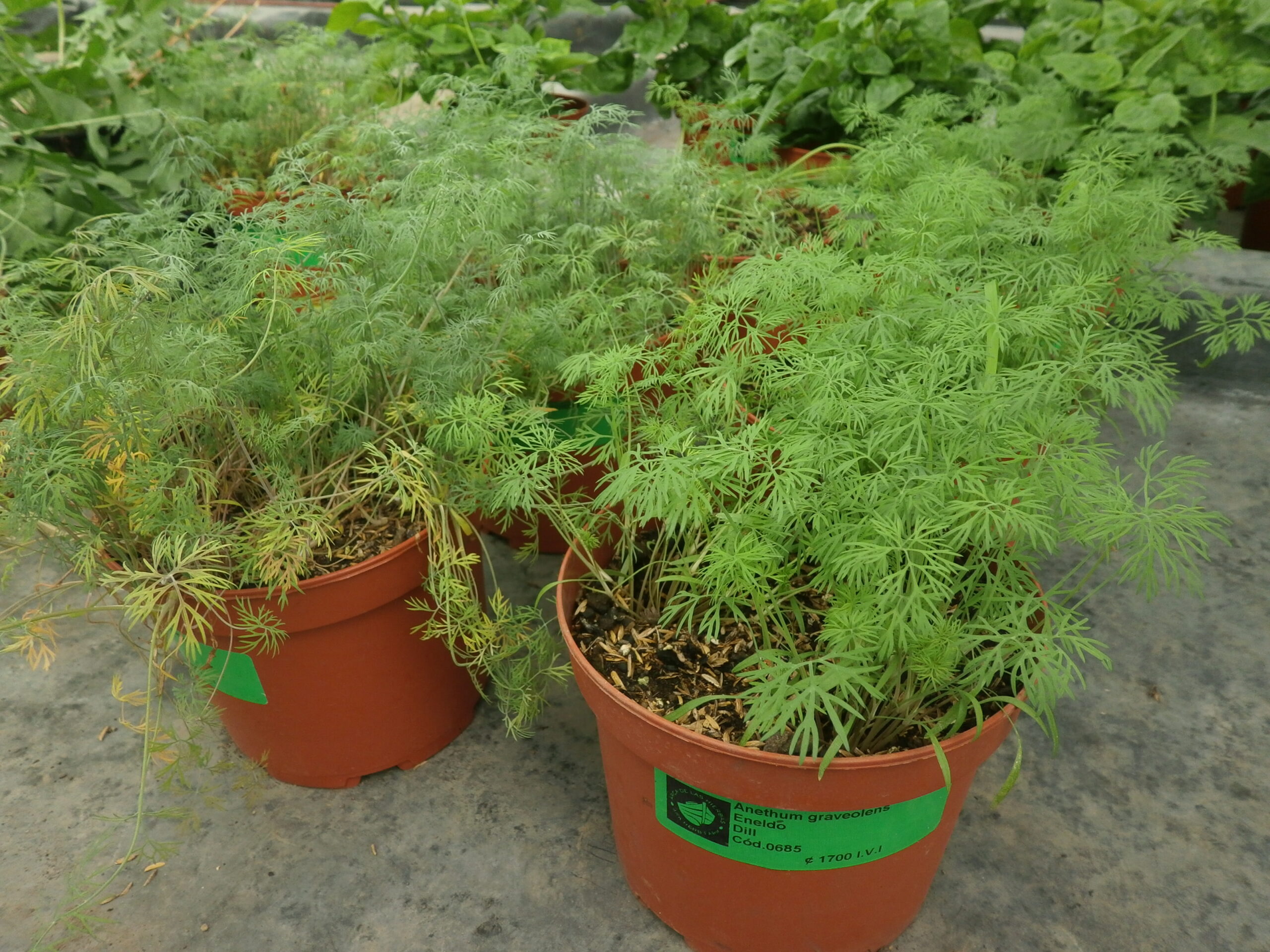
Dill
₡1,900.00
SKU: 0685 Category: Culinary GardenScientific name: Anethum graveolens
Family: Apiaceae
Origin: N Africa and Arabian penisula
Medicinal use:With fresh dill all kinds of dishes can be flavored, it can be added, in addition to fish, to seafood, meats, rice, salads, vinegars and flavored oils, sauces … it provides its sweet, fresh and aniseed flavor, a unique flavor that no other aromatic plant can provide.
13 in stock
-
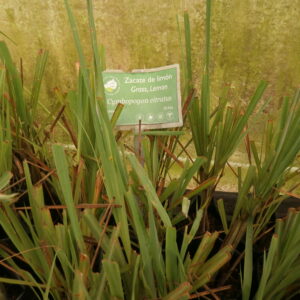
Grass, Lemon
Chinese, Culinary Garden, Medicinal Garden ₡1,900.00 Add to cart
Grass, Lemon
₡1,900.00
SKU: 2000 Categories: Chinese, Culinary Garden, Medicinal GardenScientific name: Cymbopogon citratus
Family: Poaceae
Origin: SE Asia and E India
Medicinal use: It is used in Asian cuisine, especially in Thailand. In, it is one of the most used herbs to prepare tereré, the traditional drink of the country. Lemon tea, also known as lemon grass or zacatillo, is a citrus-scented plant native to India which is rich in antioxidants that help to relieve pain. One of the most important properties of this plant is that it helps lower the cholesterol level due to its antihypercholesterolemic properties.
27 in stock
-
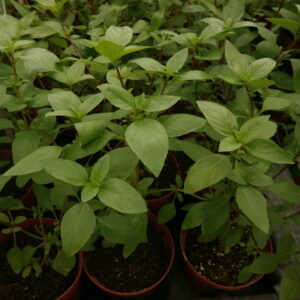
Basil, Cinnamon
Culinary Garden ₡1,900.00 Add to cart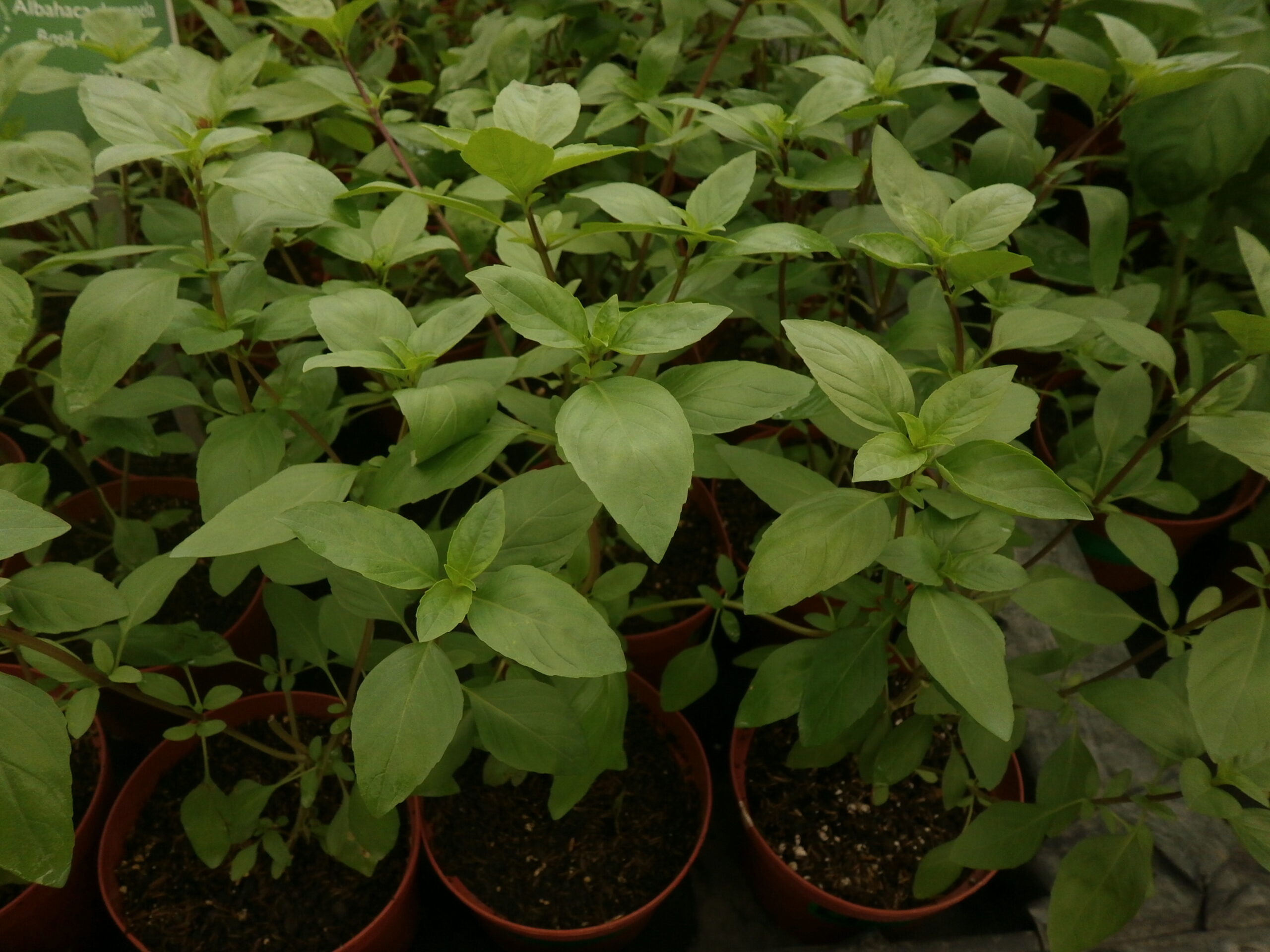
Basil, Cinnamon
₡1,900.00
SKU: 0072 Category: Culinary GardenScientific name: Ocimum basilicum
Family: Lamiaceae
Origin: Mexico
Medicinal use: La mayoría de las diferentes variedades de albahaca cultivadas en muchas regiones de Asia tienen un sabor parecido al clavo de olor es frecuentemente usada en la cocina mediterránea; se puede consumir fresca o seca para aderezar tanto ensaladas, sopas de verduras, salsas para acompañar platos de pasta, la famosa salsa italiana de pesto la lleva como ingrediente principal.
16 in stock
-
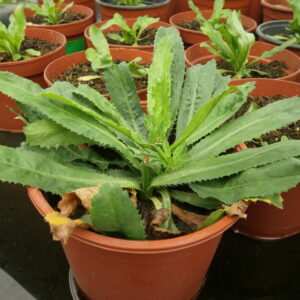
Cilantro, Wild
Culinary Garden ₡1,900.00 Add to cart
Cilantro, Wild
₡1,900.00
SKU: 0650 Category: Culinary GardenScientific name: Eryngium foetidum
Family: Apiaceae
Origin: Mexico and S America
Medicinal use:The leaves are used fresh, whole or chopped, as a substitute for coriander and parsley. In Panama, it is mixed with parsley, garlic, onion and chives to prepare “green recao”, a condiment widely used in the preparation of various stews, sauces and soups.
21 in stock

